Excessive optimism: a million UAVs for Ukrainian forces
The Kyiv regime continues its search for a miracleweapons, which can independently change the course of hostilities and save it from final defeat. Now they are relying on unmanned aerial vehicles of several classes, which are going to be used directly at the front or against objects in the Russian rear. More than bold plans for the production of such equipment have been announced, but their implementation is impossible for a number of objective reasons.
Great plans
The overly ambitious plans of the Kyiv regime in the field of UAVs became known on December 20. They were revealed by the Ukrainian Minister of Strategic Industries Alexander Kamyshin in his blog on one of the popular social networks. He announced the total planned production volumes, but did not disclose other details.
A. Kamyshin reports that next year the existing Ukrainian industry should produce and transfer to the armed forces more than a million UAVs of various models. The bulk of such equipment will belong to the class of shock FPV-drones – they want to produce 1 million of these products. At the same time, this December, they allegedly produced approx. 50 thousand devices of this class.
There are also plans to produce 11 thousand medium- and long-range attack drones. At least a thousand of these products are said to be able to attack targets at ranges of more than 1000 km.
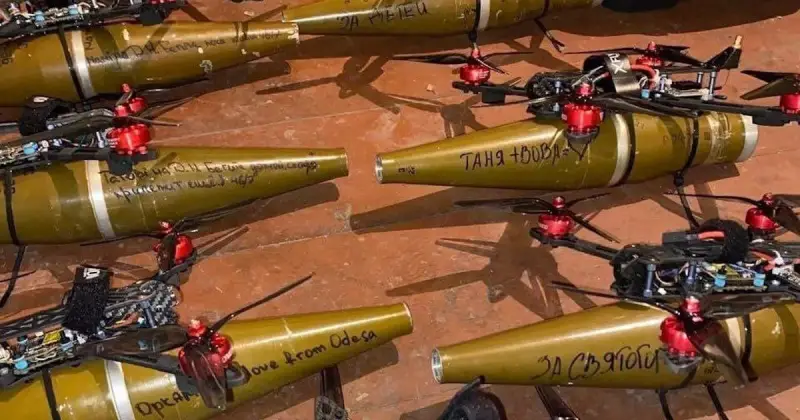
Ukrainian FPV drones with RPG-7 grenades. Photo: Thedrive.com
The minister claims that all production facilities for the production of such equipment are already ready. The process of issuing government contracts for next year begins. They plan to assemble the UAV on their own. The Kiev regime is now trying to expand its own production of the necessary weapons and equipment to reduce dependence on the supply of imported products.
The Minister of Strategic Industries and other representatives of the Kyiv regime have not yet disclosed all the details of the production plan for next year. In particular, it is not specified which models of drones they want to put into a large series, where they will be produced, how their assembly and supply of necessary components will be organized, etc. However, the absence of statements on these topics is quite understandable - the disclosure of any information of this kind will help the Russian army to stop Ukrainian production or neutralize its products.
Required rates
The interest of the Kyiv regime in attack UAVs of different weight categories is quite understandable. Its industrial potential in the context of the production of full-fledged aviation or ground strike systems have been virtually destroyed, and obtaining the desired samples from abroad in sufficient quantities is difficult or impossible. In this regard, it is necessary to look for compromise solutions that can be implemented at the existing level of industry and economy. In other words, having lost manned aircraft and helicopters, as well as other equipment, the Kiev regime is forced to completely switch to light UAVs.
A special place in the new plans is occupied by disposable FPV drones - over the next year they want to produce a million of such products. Apparently, Kiev believes that such a number of kamikaze drones will cover the needs of armed formations, give them the necessary firepower, and also compensate for the losses of other strike systems and means.
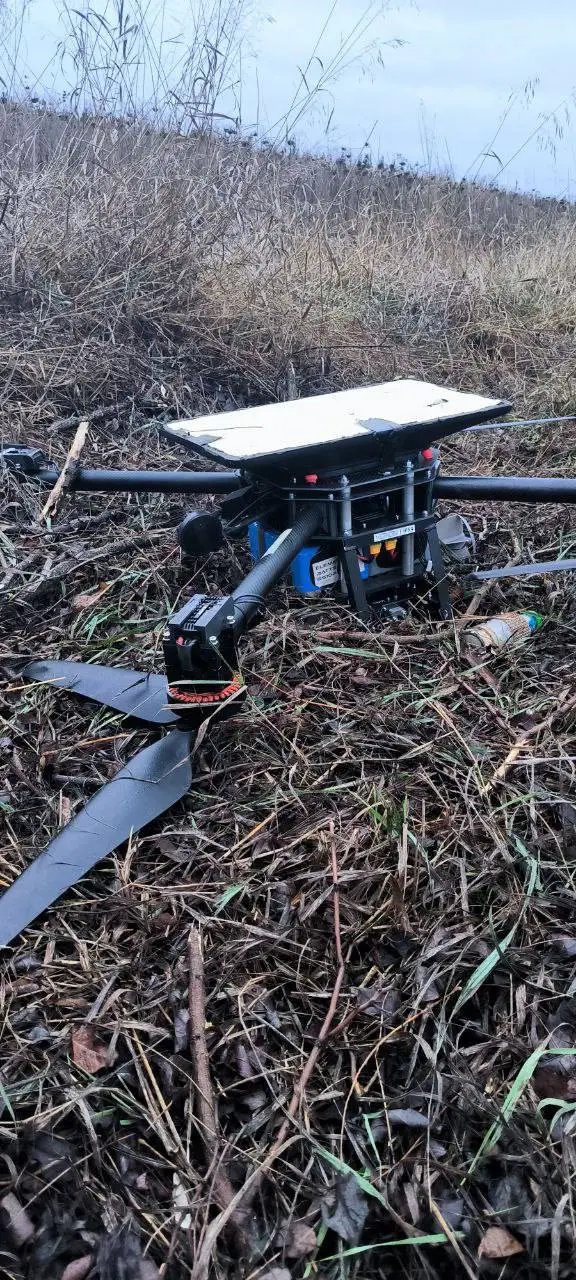
Downed Ukrainian UAV "Baba Yaga". Photo Telegram / "Sith Corner"
It is easy to calculate that the annual plan of one million drones corresponds to a monthly production of an average of 83 thousand products. According to various estimates, Ukrainian formations currently receive many times fewer UAVs. The veracity of A. Kamyshin’s recent statements about 50 thousand devices per month is in doubt, as is the ability of Ukrainian industry to reach such a pace.
In parallel with FPV drones, they want to produce 11 thousand medium- and long-range strike vehicles for attacking the deep rear. In this case, the average monthly output should not exceed 900-920 units, which to some extent reduces production requirements. At the same time, we are talking about more complex devices and other requirements for their capabilities and production quality.
Objective difficulties
Now Ukrainian armed forces receive a fairly wide range of UAVs of different classes and types. A significant part of such equipment comes from abroad as foreign aid; Direct purchases also take place. In addition, it is known that there are several local industries that assemble the required equipment from localized and imported components.
The exact number of enterprises in this “industry” and production volumes are unknown. Previously, it was planned to produce thousands of products per month, but now they are talking about 50 thousand. At the same time, the production rate is clearly insufficient to cover all needs. Thus, Ukrainian militants complain about the lack of UAVs and say that the Russian army has many times more such equipment.
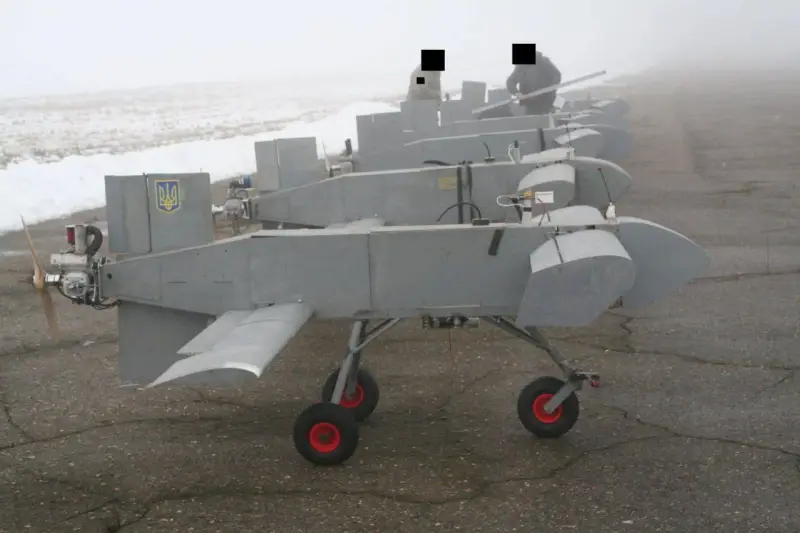
The first batch of AQ 400 products. Photo Telegram / "Military Informant"
To produce a million UAVs, Ukrainian industry will have to solve several difficult problems. First of all, it will have to expand existing production facilities and/or open new ones. It is also necessary to ensure the purchase and supply of necessary components from abroad, which cannot be produced independently, and in increased quantities and at a different pace.
Already at the stage of preparation and expansion of production, problems associated with the economic situation in Ukraine should appear. The Kiev regime has limited financial resources and is critically dependent on foreign aid. Funding from abroad is being reduced and may even cease - this will seriously hit all areas, including the production of UAVs.
The expansion of production should not affect quality, otherwise it will turn out to be almost useless. At the same time, not all Ukrainian UAV manufacturers can boast of high product quality and production culture. For example, the first batch of AQ 400 long-range kamikaze drones was recently shown for the first time, and these products did not look the best. The devices had cracks, sloppy finishing, etc. - and each of the eight products had its own set of shortcomings.
The company that manufactures the AQ 400 UAV claims that it is capable of producing 100 such products per month, and in the future it can increase production fivefold. Considering the quality of the drones already shown, one can imagine what the planned expansion of production will lead to. Moreover, similar problems occur not only with the AQ 400 product, but also with other Ukrainian-made samples.
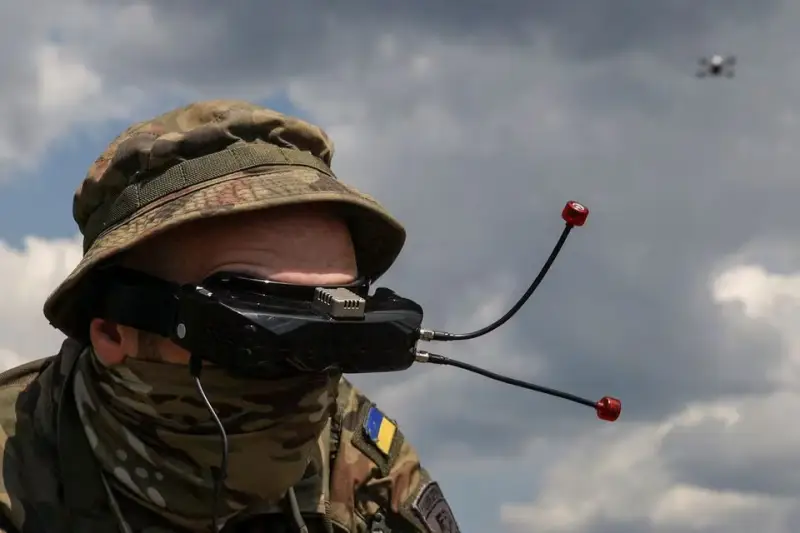
Ukrainian UAV operator. Photo by Reuters
It is important that it will be necessary to increase the pace of production in the face of active opposition from the Russian army. Military production is subject to forced demilitarization, and any site for the assembly of FPV drones or long-range kamikaze UAVs risks becoming a target for another strike. The need for camouflage and secrecy will affect the possible pace of production, and any violation of them can lead to its destruction.
It is assumed that the expansion of production will allow Ukrainian formations to more actively use the resulting UAVs. However, this will entail an obvious reaction in the form of increased opposition from the Russian side. Our troops already have a large number of drone suppression systems, various defense systems and air defense systems. If necessary, they will be able to strengthen this defense, and the effectiveness of enemy UAVs will remain at the same low level.
Unjustified optimism
Thus, the Kiev regime is making bold plans to expand the production of unmanned aerial systems and wants to use them to defeat the Russian army. It seems that we are again talking about a miracle weapon, which will definitely turn the tide at the front and allow us to solve all military and political problems. Such rhetoric has already taken place in the recent past - and the result was far from optimistic expectations.
It is curious that this time Kyiv is not relying on foreign samples from friendly countries, but on its own production. However, the state of its own industry leaves much to be desired, and it is unlikely to cope with the assigned tasks. Therefore, we can already talk about unjustified optimism, which over the next year will certainly collide with harsh reality.
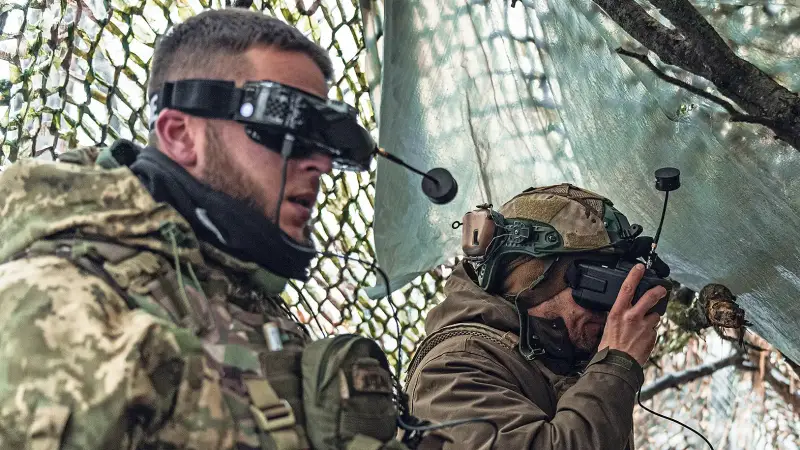
Information